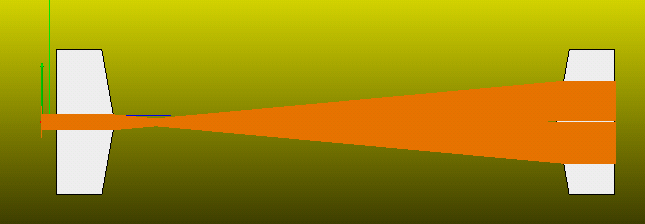Introduction to DIFFRACT Optical Simulation Software:
By the United States MM Research company developed optical system simulation software, in dealing with fluctuations in optical problems have an unparalleled advantage. Developed by M. Mansuripur is a professor at the University of Arizona Optical Center, the development of the doctoral tutor is well-known Professor Joseph W. Goodman.
1.Can simulate the coherent and incoherent beam propagation through the optical system.
2.Can analyze and study a variety of optical systems.
3.Can be any part of the system through a precise tolerance analysis.

4.Can be analyzed when the beam cross-section generated by the shape of the spot.
5.You can track the polarization of light, the system in different positions to view the beam amplitude, phase and polarization state.
6.The system can be analyzed from the light source to the detector, including: laser, lens, mirror, polarizing optics, diffraction grating, prism, aperture, multilayer film

7.It can simulate the effects of Tabor, biaxial birefringent crystals, surface plasmonic excitation, Faraday and Kerr magneto-optical effect, holographic principle, extinction coupling by attenuated total reflection, self-focusing in nonlinear medium, resonant cavity Electromagnetic confinement, internal and external conical refraction, Goosen - Hassen effect, etc.
8.Can simulate the analysis of wavefron.

9.The interference image can analyze the effects of aberrations.
10.Can display and change the geometric optical system of three-dimensional graphics, and can output three-dimensional graphics.
11.Support the creation and analysis of other optical systems, from a simple system consisting of a single optical element to a complex system consisting of more than a dozen optical surfaces, lens groups, mirrors, gratings, polarized optics, to explore classical coherent, incoherent optical. 
12.Supports analysis of simulated diffractive optical elements to compute holographic elements

